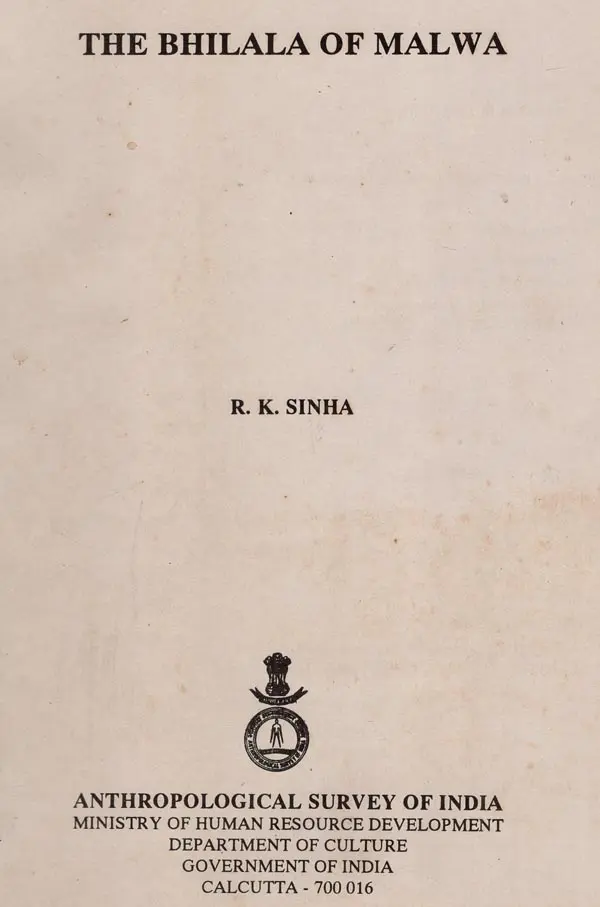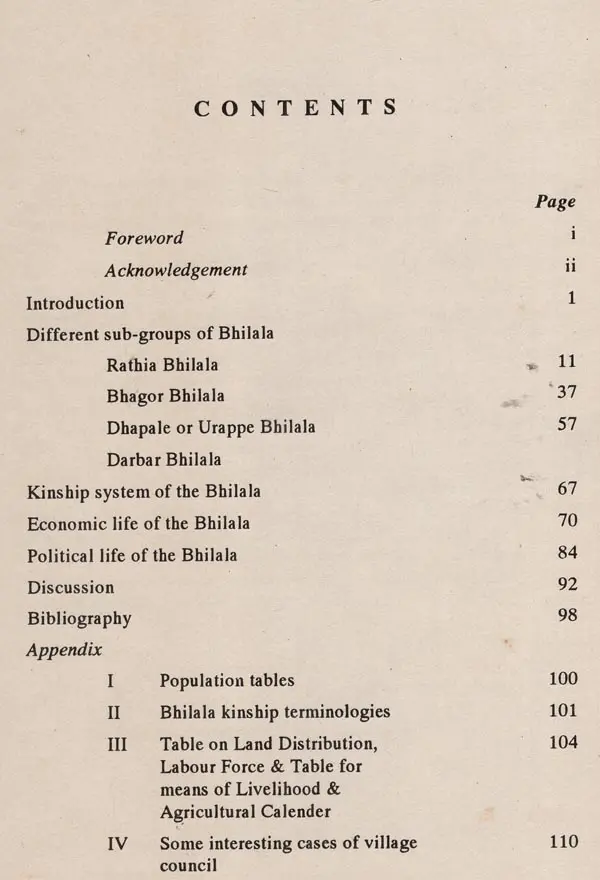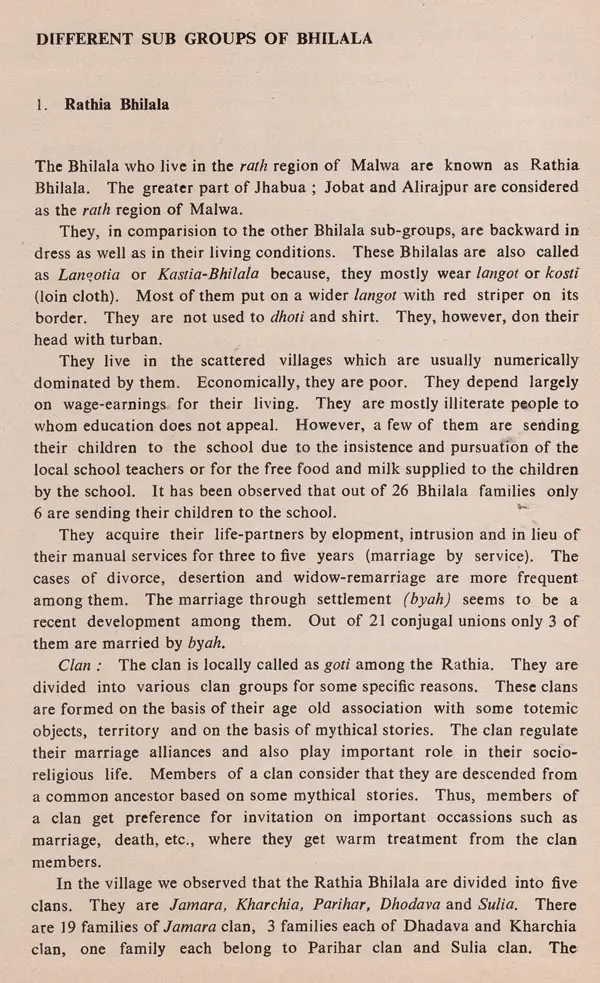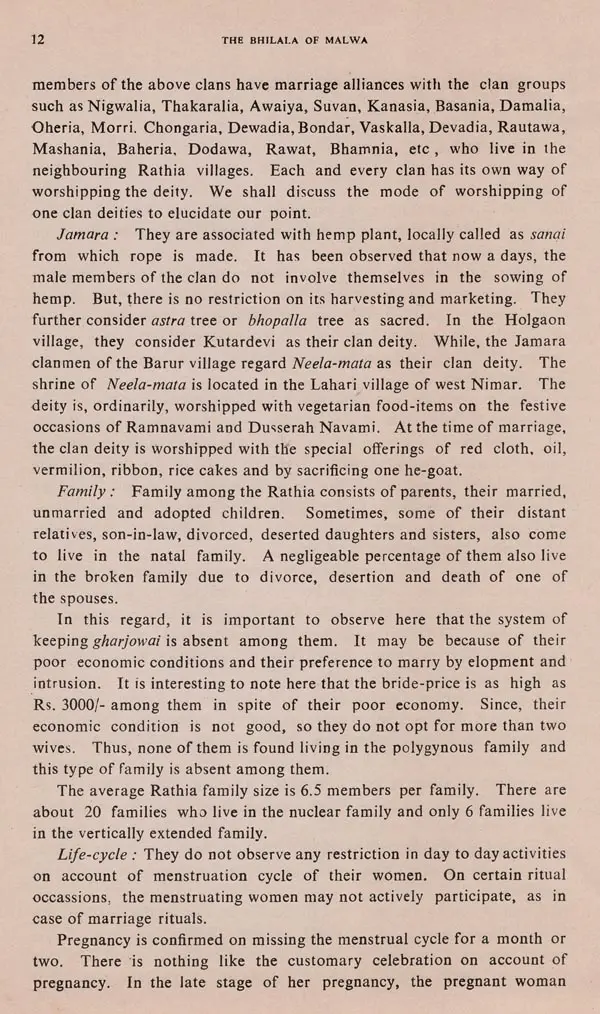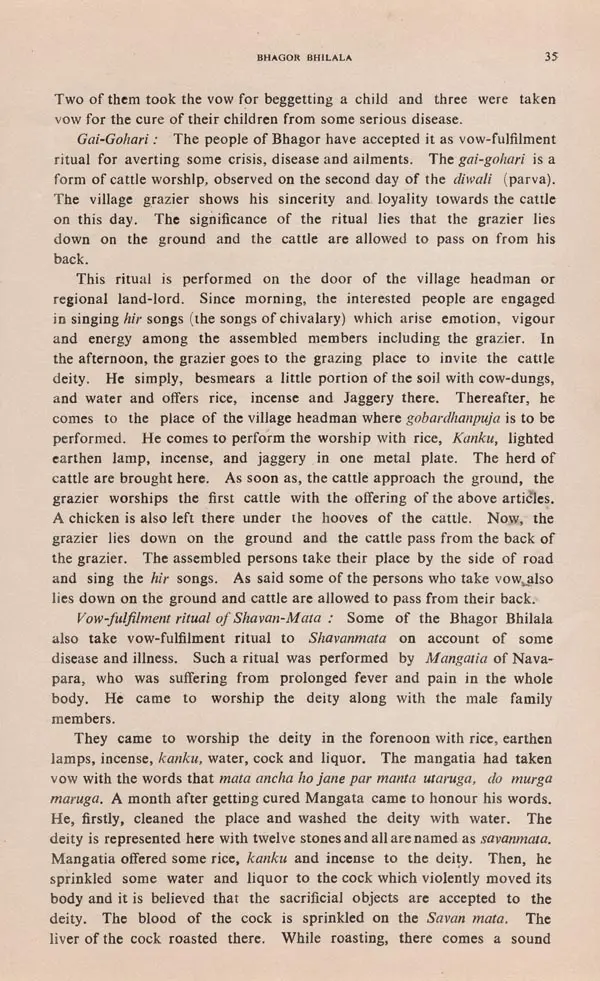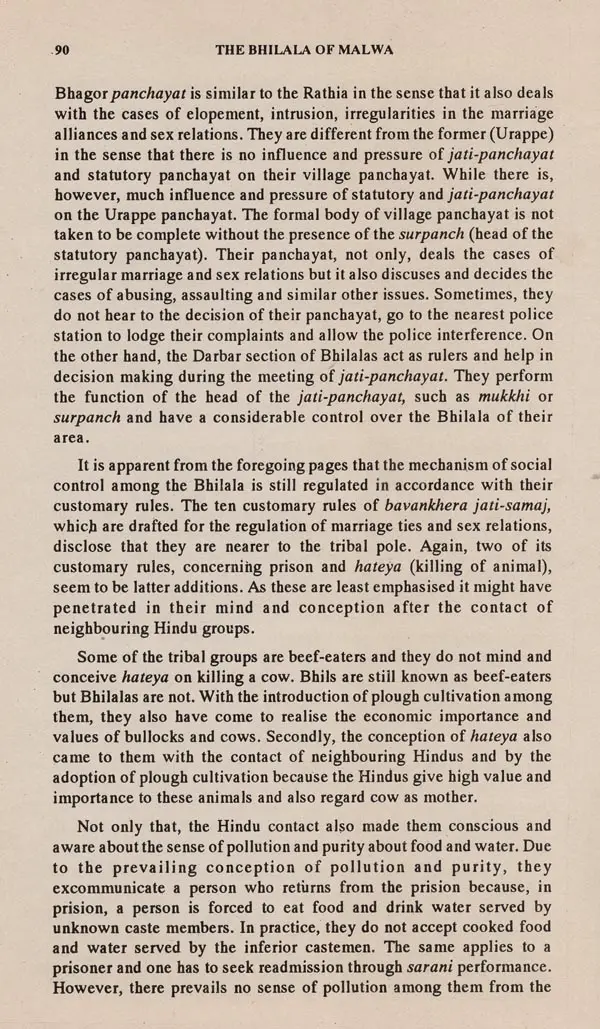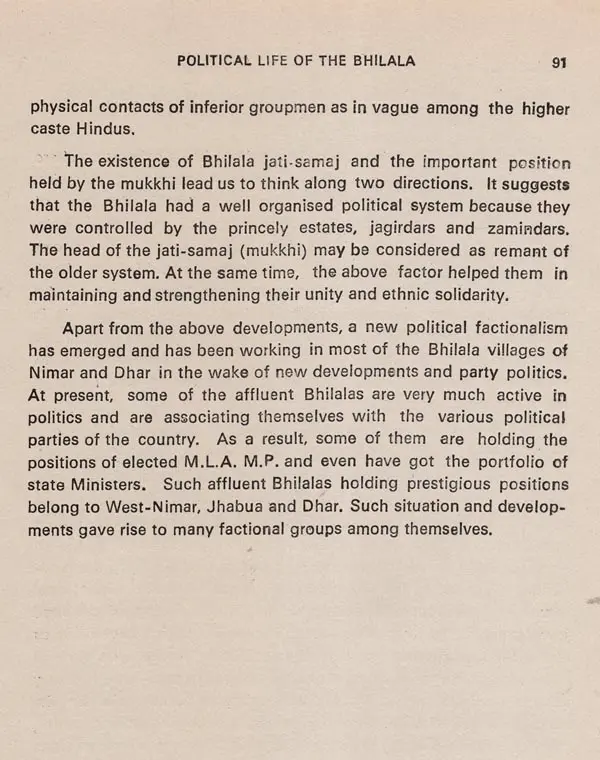About the Book Their study of Bhilala Tribe has been undertaken as part of "Malwa Area Study", a research project sponsored by Anthropological Survey of India, Central Regional Centre, Nagpur, Bhilala is recognised as a Hinduised Tribal group. They are divided into four endogamous a subgroups un- der the influence of princely estates and due to the impact of Rajputization and Sanskritization. There are mainly princely estates and small jagirs under the control of the These Bhilals rul- ers claim a separate identity of their own and call themselves Darbar Bhilala. There is a large sec- tion of Bhilala population trying to come nearest to the Darbar Bhilala. This section of Bhilala call themselves Urappe Bhilala, is the Bhilala of higher status. Still the commoners are the Rathia Bhilala and Bhagor Bhilala who are found in the Jhabua district of Madhya Pradesh. The factor leading to stratification make the Bhilala study very interest- ing and thought provoking.
About the Author Dr. R. K. Sinha is associated with Anthropological Survey of India since 1970. He passed M.A. in Anthropology in 1968 and did Ph.D in 1977 from Ranchi University. The area of his specialization is "Tribal Economy" and "Tribal Religion". He has also undertaken studies in "Chhatisgarh" and "Malwa" in Madhya Pradesh. He has also worked on a number of national research projects, viz., Tribal Customery Laws, Cultural Traits and Cul- ture Area Survey. He has worked in Madhya Pradesh and Maharashtra in the prestigeous na- tional project "People of India", guided by Dr. Kumar Suresh Singh. At present he is working on Jharkhand Movement and Documentation, Strati- fication and Change, Agrarian Situation in Tribal India, and Structure and Pattern in Tribal India. He has some monographs and 50 research pa- pers at his credit.
Foreword In India, cultural anthropologists still put a great value to the traditional ethnographic work. Under the project, the Malwa Area Study, the cultural anthropologists studied the people through the method of participation-observation and collected detailed ethnographic account of the tribes. The result of this exercise is highly rewarding. Dr. R.K. Sinha who has acumen for collecting the details of the cultural life of the people, has examined a number of features of the social organisation of the Bhilala tribe. In fact, under the generic term Bhilala, he has investigated the working of the social organisation of four important sub-groups viz., Rathis, Bhagor, Dhapale and Darbar Bhilala. As a result of this the report not only contains the features regarding sharing of important cultural traits and the influence of Rajput caste on the tribe (and four sub-groups) but also details the working of centripetal and centrifugal cultural forces, which are in action, to generate the feeling of sharing the cultural content of all the people in the region. In this matter, Dr. Sinha's report would give a general understanding of the elaborate diachronic processes that are of basic importance for cultural anthropologists to understand the happenings in a culture region vis. Malwa. The Tables prepared by him and presented in the concluding chapter entitled 'Discussion' are significant.
Introduction In India, cultural anthropologists still put a great value to the traditional ethnographic work. Under the project, the Malwa Area Study, the cultural anthropologists studied the people through the method of participation-observation and collected detailed ethnographic account of the tribes. The result of this exercise is highly rewarding. Dr. R.K. Sinha who has acumen for collecting the details of the cultural life of the people, has examined a number of features of the social organisation of the Bhilala tribe. In fact, under the generic term Bhilala, he has investigated the working of the social organisation of four important sub-groups viz., Rathis, Bhagor, Dhapale and Darbar Bhilala. As a result of this the report not only contains the features regarding sharing of important cultural traits and the influence of Rajput caste on the tribe (and four sub-groups) but also details the working of centripetal and centrifugal cultural forces, which are in action, to generate the feeling of sharing the cultural content of all the people in the region. In this matter, Dr. Sinha's report would give a general understanding of the elaborate diachronic processes that are of basic importance for cultural anthropologists to understand the happenings in a culture region vis. Malwa. The Tables prepared by him and presented in the concluding chapter entitled 'Discussion' are significant.
Book's Contents and Sample Pages
